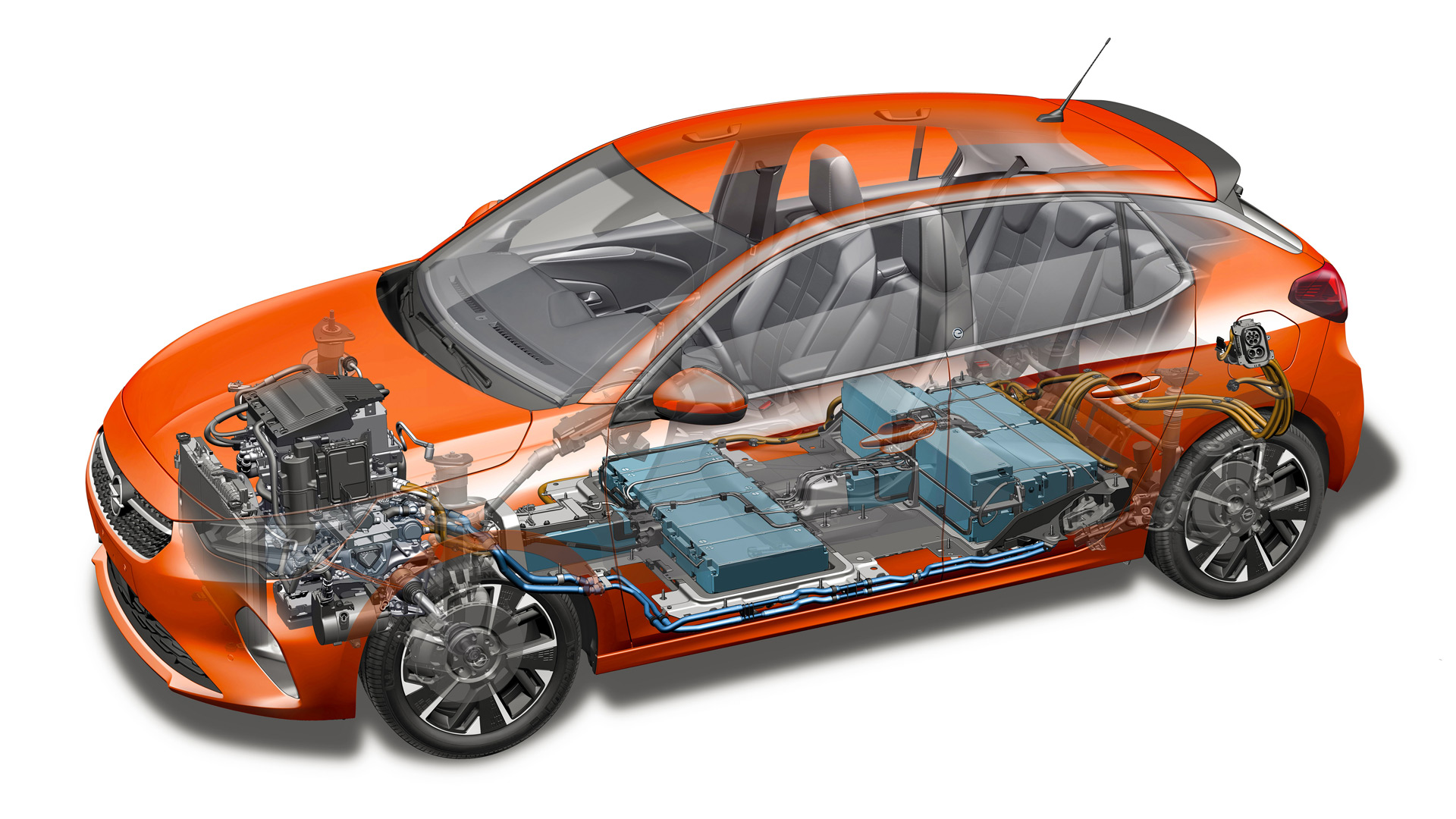Of course I had to test the electric Skoda Citigo-e for charging speed and range, but after a few days I was again completely thrilled by its minimal dimensions. Small cars are great. I enjoyed his clarity and the ease of parking lightness of being. It’s great that smooth dives in increasingly claustrophobic parking garages for the big boys.

It strikes me how seldom I drive real A-segmenters. Skodaatje and, last week, the excellent new Hyundai i10 are exceptions to the rule. Those little ones often stay in production for a long time and the B-segment is more profitable for manufacturers than a class in which you have to fight every euro margin. So there is rarely anything new about the firmament. Now completely.
The A-segment is under pressure. Check in the Techzle database what you are buying today for a maximum of 14,000 euros in mini cars and you are shocked how thin the flush has become. You have the Citroen C1, the now very old Fiat Panda, the new Hyundai i10 and the fairly fresh Kia Picanto, the churning Mitsubishi Space Star, Peugeot 108, the languishing Renault Twingo and the Toyota Aygo. Then you are talking about six models, because Citroen, Peugeot and Toyota make the same car. The Opel Karl and the Suzuki Celerio have already disappeared. C1 and 108 are deleted from the tableau, I hear. After triple electrification, the VW trio Up, Mii and Citigo has become far too expensive for the target group.
Is the public tired of those cars? Judging by sales, that seems to be not so bad at first sight. Of the Picanto, the 108 and the Aygo, the respective importers managed to sell more than 8,000 every year, quite a credit. Those who delve deeper into the statistics will see a decline. The ever-popular Panda is as good as dead; Fiat sold 383 there last year, compared to 10,000 ten years ago. More than 10,000 copies of the Picanto were sold in 2018, less than half last year. Of the Twingo, 2058 cars in 2019, Renault sold tenfold in 2011. The Peugeot 107 was then also above 20,000, the Aygo at 15000.
So there is something strange going on there. The cars are better than ever and in the overcrowded Netherlands the need for handy and affordable formats was never higher, you would think. Yet the audience apparently quits here and their perspectives are bleak. No matter how economical they are, meeting future emission standards will be difficult. Further tightening of environmental requirements forces hybridization or electrification at a price that cannot be achieved by the target group. At the Up, Citigo and Mii, the ecological leap forward is taking place over the backs of the less wealthy for whom those cars were made. Fortunately we still have the private lease, but I see another confirmation of the pattern that low incomes pay the highest price for the climate problem. For those who find left or right populist exaggeration; VW top executives are equally concerned about the inevitable rise in the price of small cars. If they don’t solve the problem themselves, they can write that part of the market on their stomachs. While they all firmly believe in further urbanization that makes city cars more urgent than ever.
In a neat working-class neighborhood I saw a row of little ones in front of an apartment. All used cars, I knew for sure. New or no longer available or no longer available, later no longer at all. I sighed. All those sweet, modest, hyper-efficient, splash-efficient cuddly cars. Children’s bill.